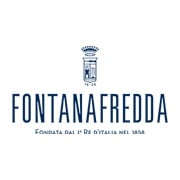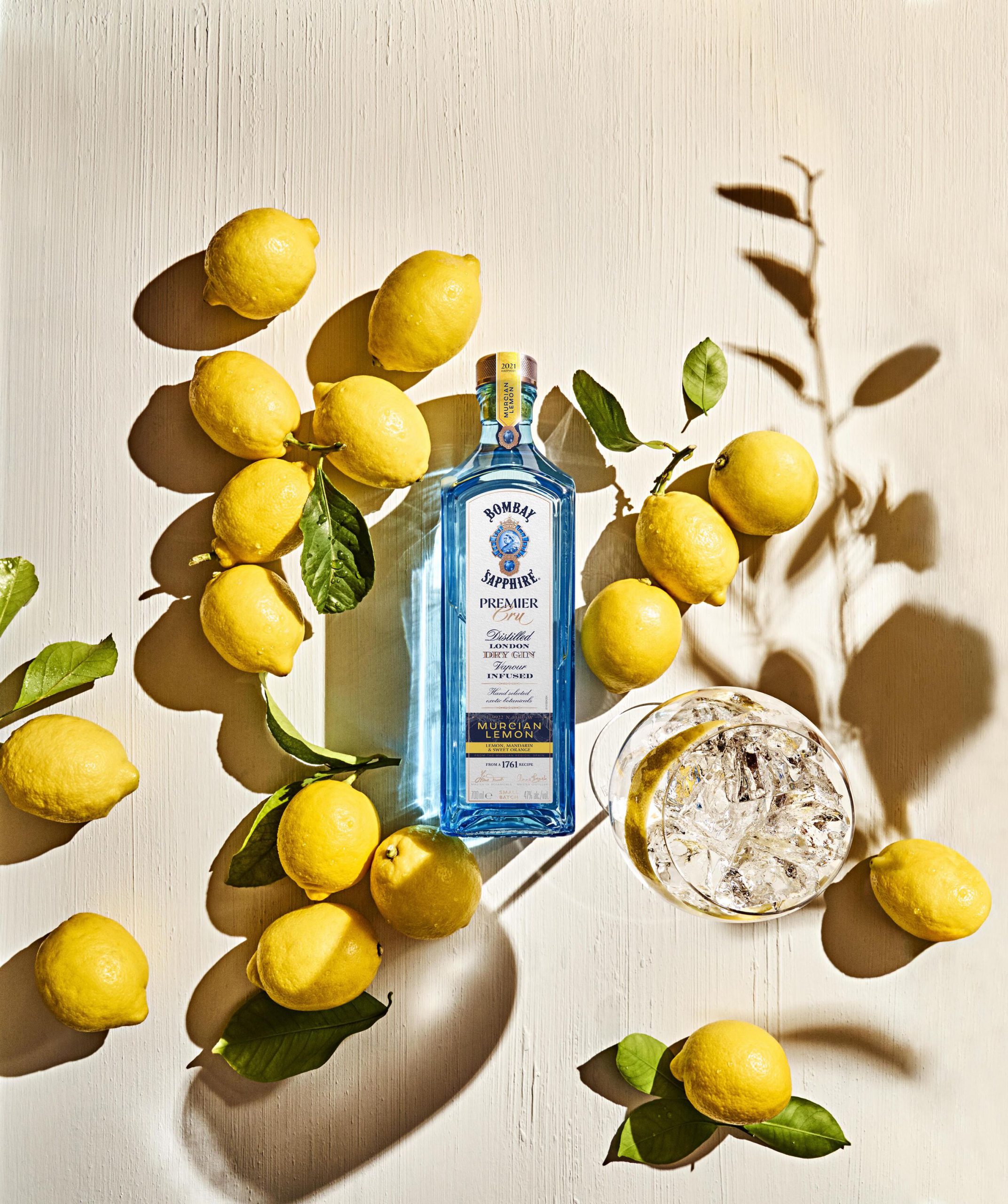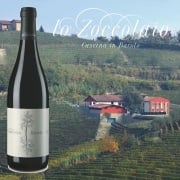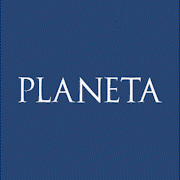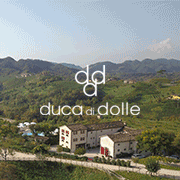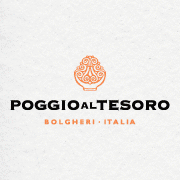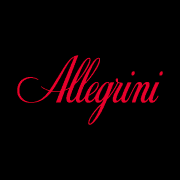Are you familiar with wine? Are you an expert or an enthusiast looking to expand your knowledge?
xtraWine has compiled a handy list of common wine terms to help you out.
A
Total Acidity: The sum of various acidic components in a wine.
Barrel Aging: The process of maturation following fermentation, where the wine is left to rest in barrels for a varying period.
Oak Aging: Refers to wines somehow influenced by oak, either through complete maturation in barrels or a more cost-effective method, such as immersion of oak chips or staves during fermentation or aging.
B
Barrique: Bordeaux barrel with a capacity of 225 liters.
Bâtonnage: A technique involving stirring the wine during aging to stir up settled lees and aerate the wine.
Botrytis Cinerea: Fungal disease known as noble rot. The benign form infects grapes, increasing sugar concentration and acidity, resulting in sweet wines called botrytized. The malignant form compromises grape flavor and color.

Barrel: Wooden container for wine storage.
Bottle: Standard wine volume unit, containing 75 cl.
Bottle Aging: Wine maturation process in bottles.
C
Capsule: Covering the top part of the bottle neck and cork, helpful for bottle identification.
Case: Standard container for 12 bottles, 24 half-bottles, or 6 magnums, usually made of wood or cardboard.
Chai: French term, especially in Burgundy, indicating the building where wine is stored, typically in barrels.
Château: French term, particularly used in Bordeaux, indicating an estate where grapes are cultivated and wine is produced.
Clarification: Winemaking operation aimed at clarifying wine by adding a clarifying agent like egg white, casein, or bentonite.
Cru Classé: Term used in the Bordeaux region, indicating a vineyard included in one of the region’s important classifications.
Cuvée: French term indicating a blend of wines, particularly chosen for Champagne production.
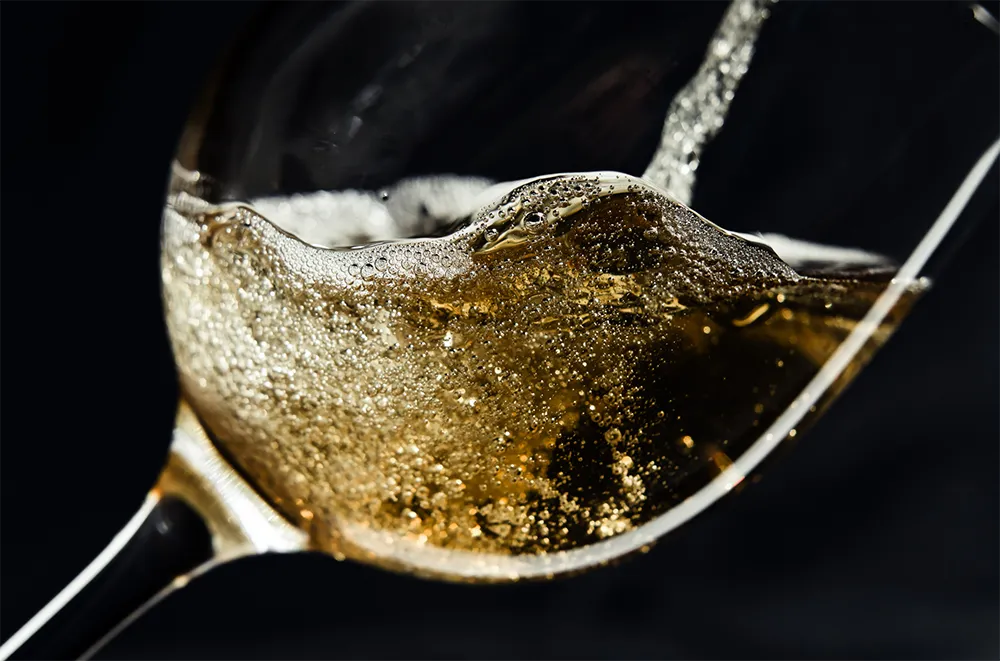
D
Domaine: French term, especially in Burgundy, indicating a wine estate.
Dosage: Process in sparkling wine production involving the addition of a sweetening agent just before bottling.
E
Eiswein: Sweet wine made from grapes frozen on the vine, a specialty of Germany and Austria.
Élevage: Winemaking phase from fermentation to product sale.
F
Fermentation: Process by which yeast acts on sugars in ripe grapes, turning grape juice into wine.
Filoxera: Deadly vine disease caused by an American aphid attacking plant roots.
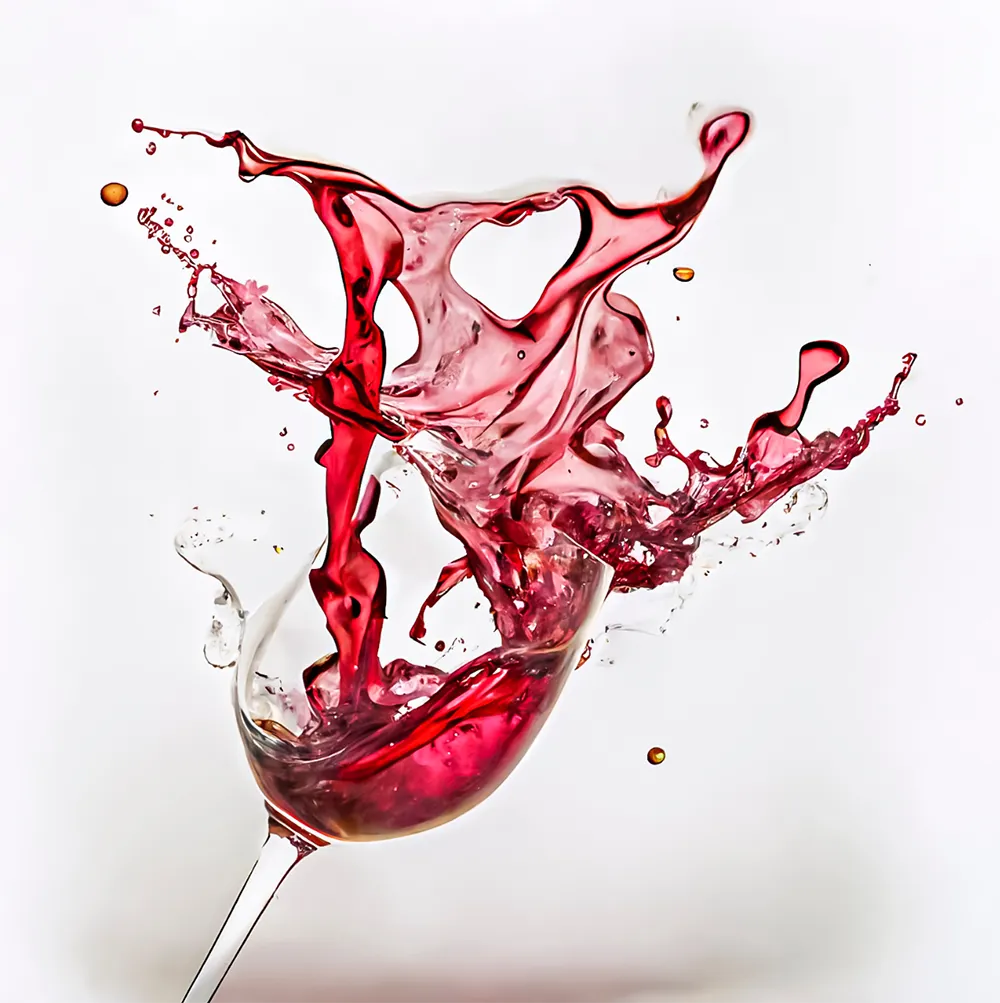
Filtration: Controversial winemaking operation to eliminate potentially harmful yeast or bacteria from wine.
Fortified Wine: Wine with added alcohol to increase alcohol content.
G
Grafting: Viticultural technique where a plant, usually a Vitis vinifera cutting, is grafted onto another, usually a phylloxera-resistant rootstock.
Grand Cru: Indicates the most prestigious vineyards in the Côte d’Or and Chablis regions.
Guyot: Vine training system, especially common in Bordeaux, where fruiting shoots grow from a renewed branch each year.
J – K
Jeroboam: Large format bottle holding 4.5 liters, equivalent to six standard Bordeaux bottles.
Keller: German term for cellar.
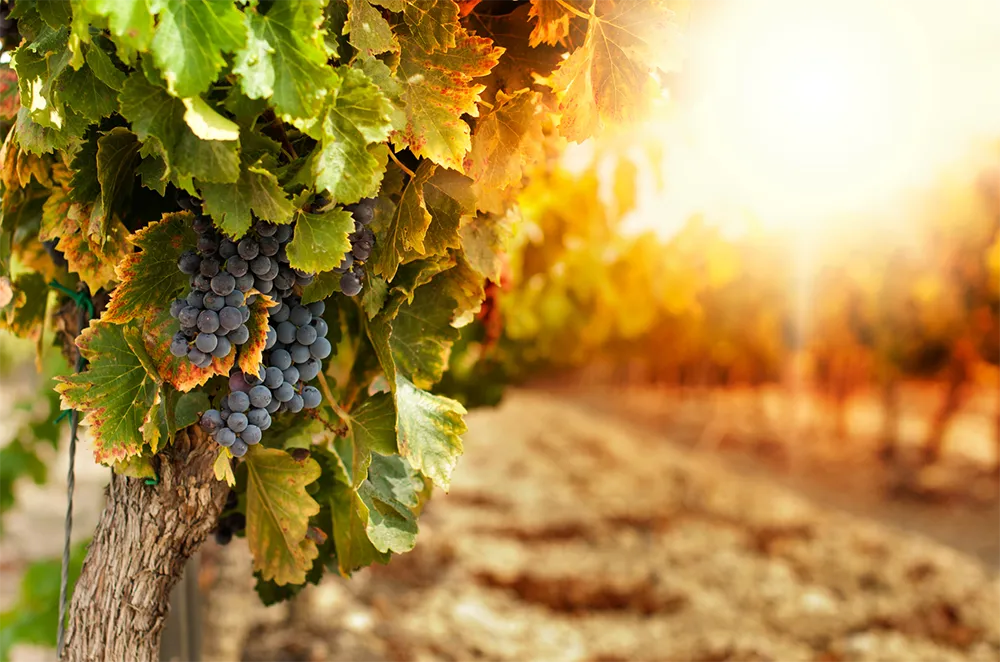
L
Late Harvest: Typically sweet wine made from very ripe grapes.
Limestone: One of the most used terms describing vineyard soils, based on limestone rock and occasionally including chalk or calcite.
M
Malolactic Fermentation: Post-alcoholic fermentation process useful for producing a smoother wine.
Carbonic Maceration: Winemaking technique fermenting whole grape clusters inside a sealed container.
Magnum: Large format bottle holding 1.5 liters, equivalent to two standard bottles.
Must: Intermediate stage of liquid obtained from grape pressing before fermentation turns it into wine.
P
Passito: Wine made from partially dried grapes, both before and after harvest.
pH: Acidity index fundamental throughout wine production, typically around 3.5 for wine.
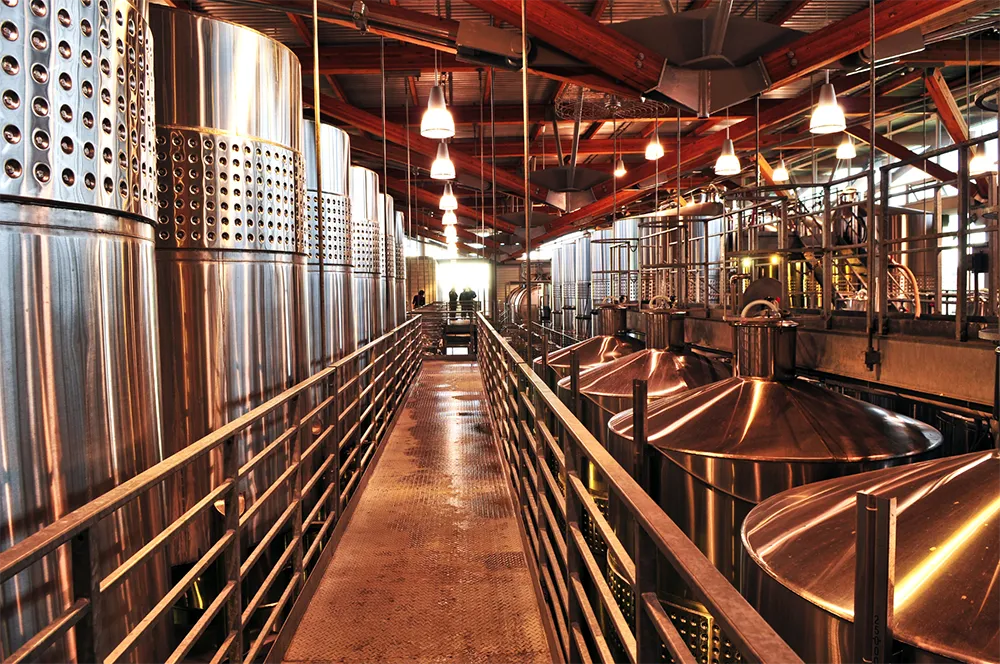
Physiological Ripeness: Condition reached by grapes when sugars and phenols have fully matured.
Planting Density: Distance between vines in a vineyard.
Premier Cru: In Burgundy and Champagne, denotes the best vineyards, though less prestigious than Grand Cru.
R
Racking: Transfer of wine from one container to another to separate it from sediment.
Residual Sugar: Amount of sugar remaining in wine after fermentation, with ≤ 2 g/l classified as dry.
Rootstock: Vine root selected for certain characteristics, e.g., resistance to phylloxera.
S
Sur Lie: French term used when wine is fermented on its lees to enrich flavor.
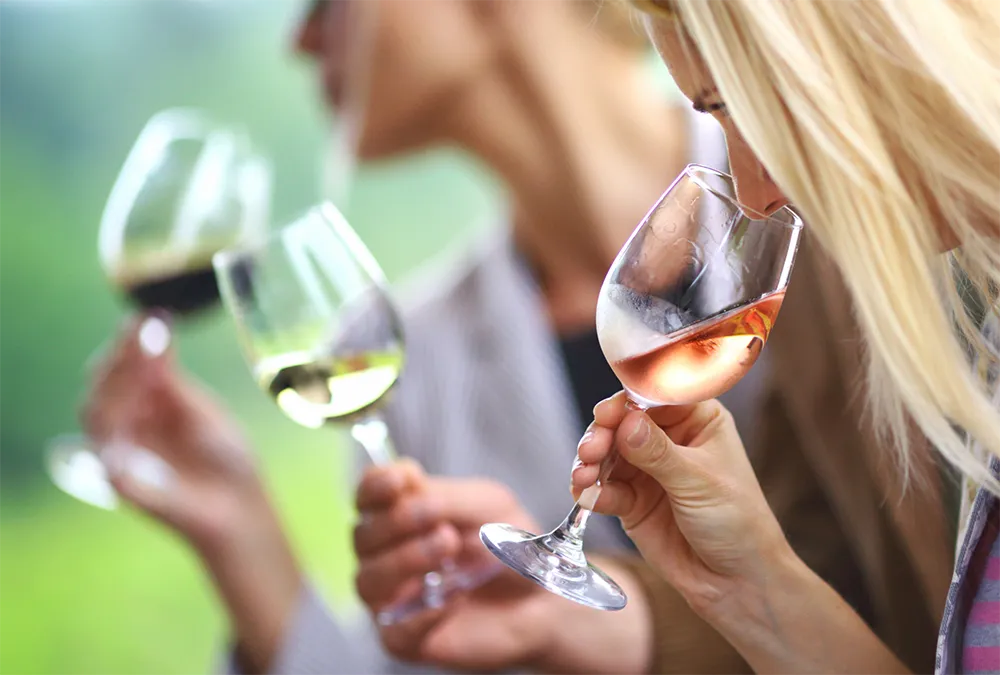
T
Tannins: Astringent components found in grape skins, stems, and seeds, contributing to wine aging and preservation.
TBA: German abbreviation for Trockenbeerenauslese, indicating a very sweet wine from botrytized grapes.
V
Vitis vinifera: European species of grapevine from which over 95% of the world’s wine production comes.
Amo la buona cucina e le tradizioni enogastronomiche italiane, per me vino e dessert non sono solo un contorno ma la parte più interessante del buon vivere.


